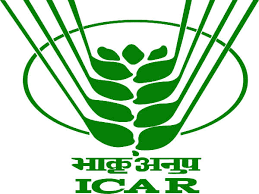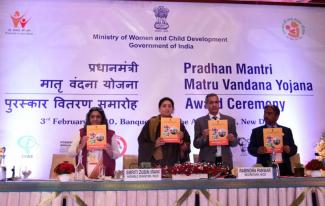
Rice isn’t nice for diabetics, but four low glycaemic index (GI) varieties developed by the Indian Council of Agricultural Research (ICAR) could make the cereal not just less damaging but also help achieve better diabetes control, scientists have said.
In a country on course to becoming the world’s diabetes capital by 2025, low GI foods — including quinoa and millets-based cereals — have become a fad for those wanting alternatives to starchy grains. According to World Health Organization (WHO), India has close to 62 million people living with the diseases and is projected to have close to 70 million diabetics by 2025, more than the diabetic population of any other country in the world.
Glycaemic index is a measure of how quickly food is digested and sugar released into the bloodstream. Low GI foods are digested slowly and don’t instantly release huge amounts of sugar in the body. Rice, naturally high in starch, has a high GI score, making it a bad grain for diabetics.
The institute has cracked complex rice plant biology to produce a bunch of varieties that have lower GI index.
They also are better quality and have higher yields. Rice naturally has a GI score of 70-80.
Read more of this in a report by Zia Haq published in Hindustan Times...











